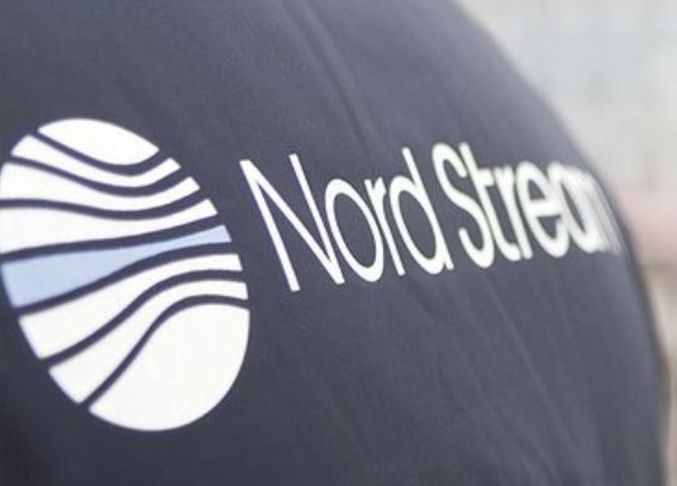The Nord Stream 1 pipeline has resumed gas transmission from Russia to Europe after ten days of being shut down due to annual maintenance works.
Both lines of the gas pipeline system were shut down on 11 July for routine maintenance works, including testing of mechanical elements and automation systems for ensuring reliable and safe pipeline operations.
Nord Stream AG, the company behind the project, said it had completed all maintenance works on the twin gas pipelines within the scheduled period and gas transmission resumed on 21 July.
Annual scheduled maintenance activities are planned well in advance as part of the long-term pipeline integrity management strategy, the company said.
According to Klaus Müller, president of the German Federal Network Agency for Digitization, Climate Neutrality and Resilience, the pipeline is only delivering 40% of its capacity.
Nord Stream directly connects Russia’s gas reserves with energy markets in the European Union.
The two 1,224-kilometer pipelines run from Vyborg, Russia, to Lubmin near Greifswald, Germany, through the Baltic Sea. The route crosses the Exclusive Economic Zones (EEZ) of Russia, Finland, Sweden, Denmark and Germany, as well as the territorial waters of Russia, Denmark, and Germany.
Transportation of gas through Line 1 began in mid-November 2011, while gas transport through the second line began in October 2012.
Combined, the twin pipelines have the capacity to transport a combined total of 55 billion cubic meters (bcm) of gas per year to the EU for at least 50 years.
However, following numerous sanctions on Russia due to its invasion of Ukraine, the world has been facing a global energy crisis as president Vladimir Putin threatens to stop all gas supplies.
To drive home the challenge Europe faces, the International Energy Agency (IEA) announced the scenario in which gas flows through Nord Stream return after 21 July to the low levels they were at before the current halt, but, at the start of the winter heating season on 1 October, Russian gas supplies to Europe get cut off completely.
The agency believes Europe is at the epicenter of the energy market turmoil and coordinated actions across the EU are essential to prevent a major gas crunch, and proposes “five concrete actions” that European leaders need to take for a more coordinated, EU-wide approach to prepare for the coming winter.
The European Union has been actively working on securing its independence from Russian fossil fuels well before 2030, starting with gas. In pursuit of this, the EU moved to phase out all Russian oil imports “in orderly fashion.”
The REPowerEU Plan has been launched as a way forward to come to grips with a double urgency, seeking to reduce the EU’s dependency on Russian fossil fuels and fast forward the green transition. In addition, the EU intends to ban almost 90% of Russian oil imports by the end of the year.
Source: Offshore Energy






